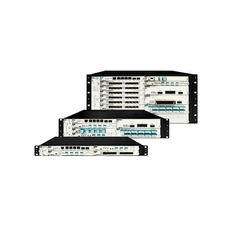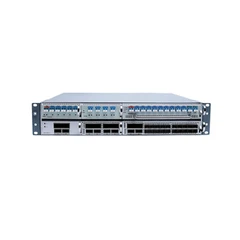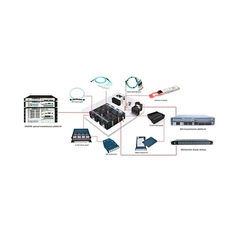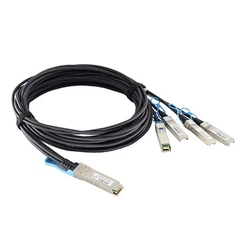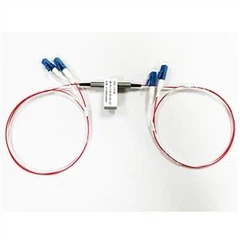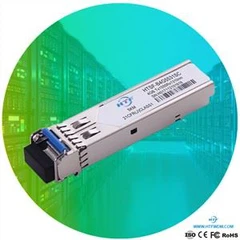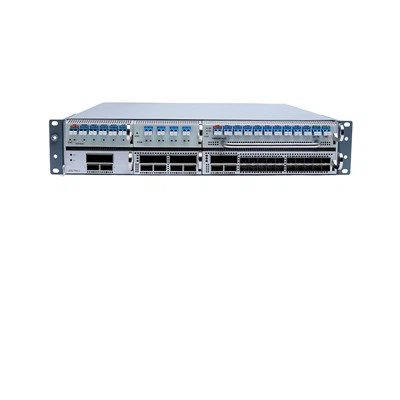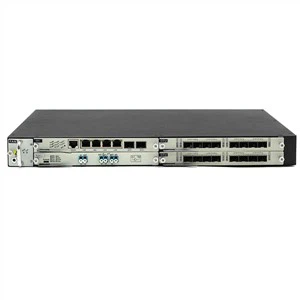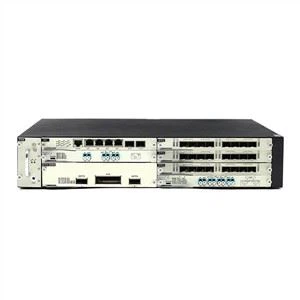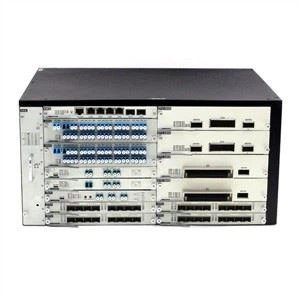Why need to use DWDM technology?
With the rapid development of data services, the bandwidth requirements of the transmission network are getting higher and higher. Traditional PDH or SDH technology uses single-wavelength optical signal transmission. This transmission method is a great waste of optical fiber capacity, because the bandwidth of optical fiber is almost infinite compared to the single-wavelength channel currently used. DWDM technology not only greatly increases the capacity of the network, but also makes full use of the broadband resources of the optical fiber, reducing the waste of network resources.
What are the bandwidth and business limited solutions?
1. Re-lay the optical cable
2. Improve optical fiber single channel transmission rate:
The use of TDM to expand the capacity is getting closer to the limit of technology. The high dispersion of the laid G.652 fiber limits the transmission of systems above 10Gbit/s.
3.Increase the number of wavelengths transmitted in a single optical fiber WDM
The rapid development of optoelectronic devices, especially the maturity and commercialization of EDFA, makes it possible to use DWDM technology in the 1550nm window area. From a technical and economic point of view, DWDM technology is currently the most economical and feasible expansion technology method.
What is wavelength division multiplexing?
WDM: Multiplexing optical signals of different wavelengths into the same optical fiber for transmission. This method is called Wavelength Division Multiplexing (Wavelength Division Multiplexing)
At the receiving end, the optical carriers of various wavelengths are separated by a demultiplexer, and then further processed by the optical receiver to restore the original signal.
DWDM: The wavelength interval is between 0.2~1.6nm, and the wavelength interval is relatively dense. Compared with CWDM, it has a larger capacity, more channels, supports EDFA optical amplification, and a longer transmission distance.
Advantages of WDM
Large capacity
Transparent data transmission
Long distance transmission
Compatible with existing fiber
Flexible networking
Economy and reliability
Smooth expansion capability
The overall structure of the DWDM system mainly includes:
Optical wavelength conversion unit (OTU)
Wavelength division multiplexer: demultiplexer/multiplexer (ODU/OMU)
Optical amplifier (BA/LA/PA)
Dispersion Compensation Unit (DCM)
If I need to customize the extended capacity of the WDM system, what informations need to provide to the supplier HTF?
(1) Cable length, then can choose the DCM.
(2) optical fiber cable attenuation, configure the EDFA.
(3) Data rate, configure and choose the optical transceiver
(4)How many channels? Then can choose Mux/Demux
(5) Single fiber or dual fiber?
(6) Station number, how the business add and drop.
Peer to peer, chain network or Ring network?
(7) In the middle if have optical amplifier station.
The following are some of our cases for your reference
If you need more information about DWDM technology, please contact melanie@htfuture.com
Tel/whatsapp: +86 181 1124 5405

